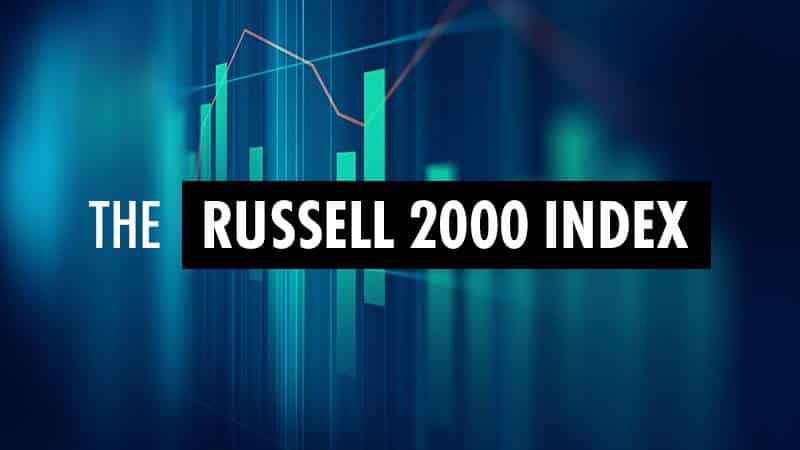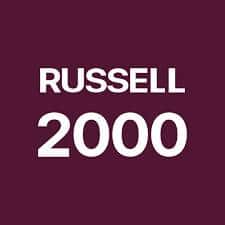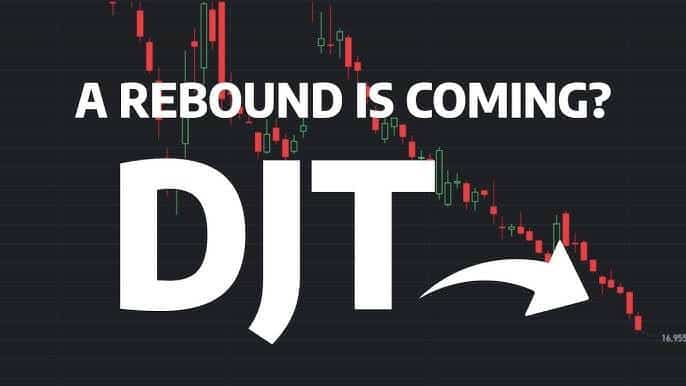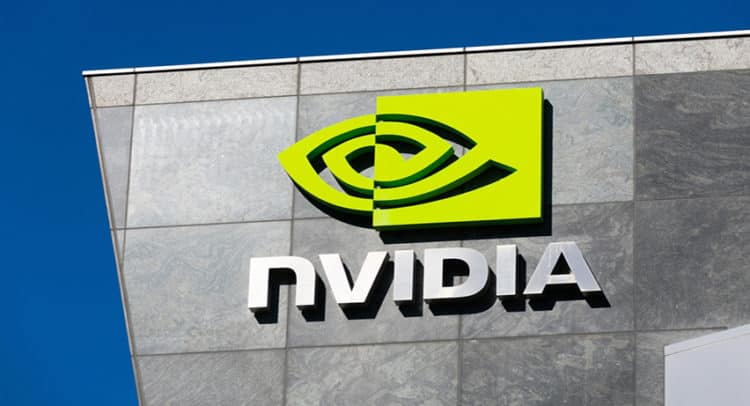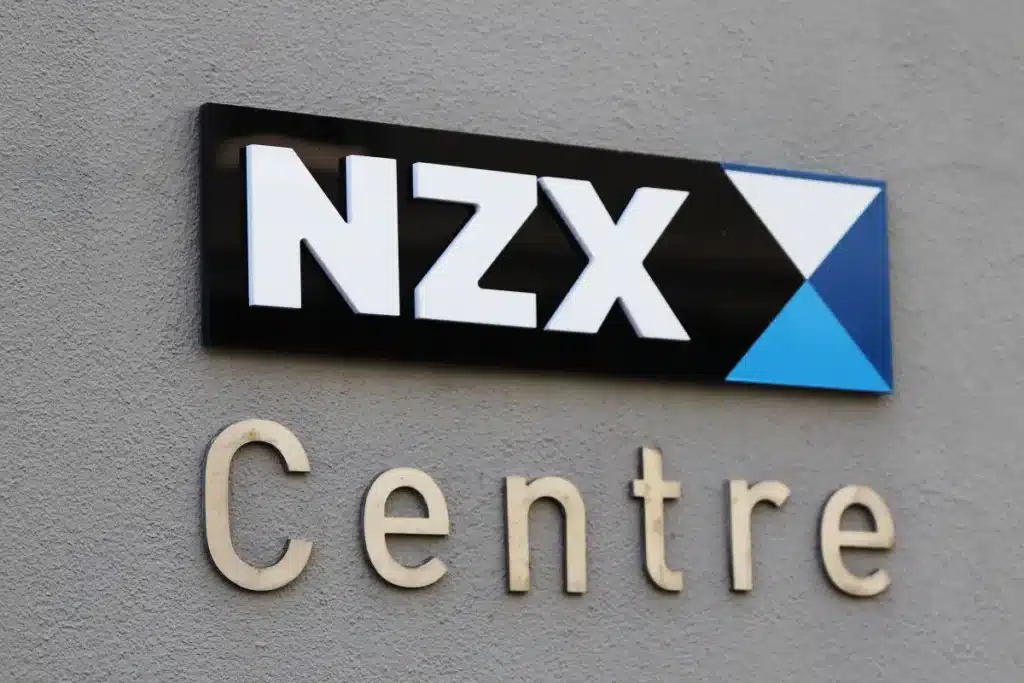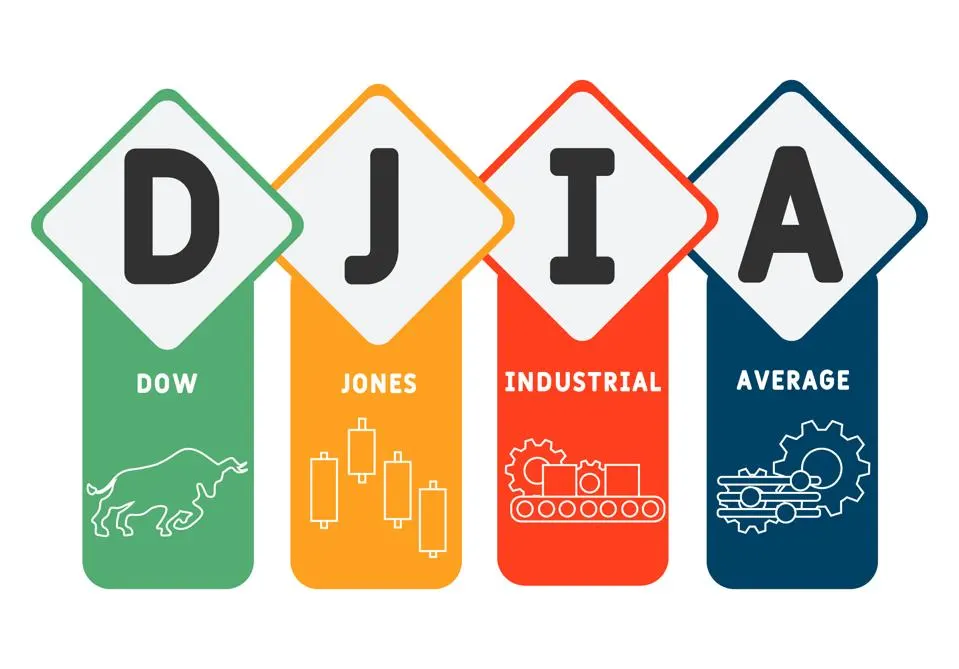Invest in Russell 2000, Buy shares in Russell 2000
Investing in the Russell 2000 Index can be a strategic way to gain exposure to the small-cap stock market. By buying shares in the Russell 2000, you’re essentially investing in a diversified portfolio of small-cap companies, which can help to mitigate the risk associated with individual stock selection.
There are several ways to invest in the Russell 2000 Index, including through exchange-traded funds (ETFs) and index funds. These investment vehicles track the performance of the index, providing you with a simple and efficient way to gain exposure to the small-cap market.
3 major stock index in North America
In the North American financial landscape, there are three major stock indexes that serve as benchmarks for investors:
- S&P 500 Index: This index tracks the performance of the 500 largest publicly traded companies in the United States, representing a significant portion of the overall U.S. stock market.
- Nasdaq Composite Index: This index is heavily weighted toward technology and innovation-driven companies, making it a popular choice for investors seeking exposure to the dynamic and rapidly evolving tech sector.
- Russell 2000 Index: As the focus of this guide, the Russell 2000 Index is a small-cap stock index that tracks the performance of approximately 2,000 small-cap companies in the United States.
Each of these indexes serves a unique purpose and caters to different investment strategies, providing investors with a range of options to align with their specific goals and risk tolerance.
An overview of the Russell 2000 Index
The Russell 2000 Index is a widely recognized benchmark for small-cap stocks in the United States. Launched in 1984, the index is designed to measure the performance of the 2,000 smallest publicly traded companies in the Russell 3000 Index, which represents approximately 98% of the investable U.S. equity market.
The Russell 2000 Index is constructed to provide a comprehensive and accurate representation of the small-cap segment of the U.S. stock market. It is a market-capitalization-weighted index, meaning that the larger companies within the index have a greater influence on its overall performance.
One of the key features of the Russell 2000 Index is its broad diversification, with companies from a wide range of sectors and industries represented. This diversification can help to mitigate the risk associated with investing in smaller, more volatile companies.
Top 5 list of best stocks in Russell 2000
While the Russell 2000 Index is designed to provide broad exposure to the small-cap market, some companies within the index have consistently outperformed their peers. Here are the top 5 best-performing stocks in the Russell 2000 Index:
- Deckers Outdoor Corporation (DECK)
- Verint Systems Inc. (VRNT)
- Etsy, Inc. (ETSY)
- Tanger Factory Outlet Centers, Inc. (SKT)
- Crocs, Inc. (CROX)
These companies have demonstrated strong growth, innovative products or services, and the ability to navigate the challenges of the small-cap market. By understanding the performance of the top companies within the Russell 2000 Index, you can gain valuable insights into the small-cap investment landscape.
Performance of small-cap stocks and the Russell 2000 Index
Small-cap stocks have long been recognized for their potential to outperform their larger counterparts over the long term. The Russell 2000 Index, as a representation of the small-cap market, has historically demonstrated impressive performance.
Over the past decade, the Russell 2000 Index has delivered an average annual return of approximately 10%, outpacing the S&P 500 Index’s average annual return of around 8% during the same period. This outperformance can be attributed to the growth potential of smaller companies, as well as their ability to adapt more quickly to changing market conditions.
However, it’s important to note that small-cap stocks can also be more volatile than their large-cap counterparts, with periods of significant gains and losses. Investors must be prepared to weather the ups and downs of the small-cap market and maintain a long-term perspective to fully capitalize on the potential of these investments.
Investing in small-cap stocks: Growth vs. value
When it comes to investing in small-cap stocks, investors have the choice between two primary strategies: growth and value.
Growth-oriented small-cap stocks are companies that are expected to experience rapid expansion in revenue, earnings, or market share. These companies often reinvest their profits back into the business to fuel further growth, rather than paying dividends. Investors in growth-oriented small-cap stocks typically seek capital appreciation rather than current income.
Value-oriented small-cap stocks, on the other hand, are companies that are considered undervalued relative to their fundamental financial metrics, such as price-to-earnings (P/E) ratio or price-to-book (P/B) ratio. Investors in value-oriented small-cap stocks often seek to capitalize on the potential for the stock price to rise as the market recognizes the company’s true value.
Both growth and value strategies can be successful in the small-cap market, depending on market conditions and an investor’s risk tolerance and investment objectives. Diversifying across both growth and value small-cap stocks can help to mitigate risk and potentially enhance overall portfolio performance.
Exploring the components of the Russell 2000 Index
The Russell 2000 Index is composed of approximately 2,000 small-cap companies from a variety of sectors and industries. These companies are selected based on their market capitalization, liquidity, and other factors to ensure that the index accurately reflects the small-cap segment of the U.S. stock market.
The top sectors represented in the Russell 2000 Index include:
- Industrials
- Financials
- Health Care
- Information Technology
- Consumer Discretionary
Within these sectors, you’ll find a diverse range of companies, from manufacturing and logistics firms to healthcare providers and technology startups. This diversity helps to spread the risk and provide exposure to the various growth opportunities within the small-cap market.
Understanding the composition of the Russell 2000 Index can help you identify the specific industries and sectors that align with your investment goals and risk preferences, allowing you to make more informed decisions when constructing your small-cap portfolio.
The role of Russell Indexes in the market
The Russell Indexes, including the Russell 2000, play a vital role in the broader financial landscape. These indexes serve as benchmarks for a wide range of investment products, including mutual funds, exchange-traded funds (ETFs), and institutional portfolios.
The Russell 2000 Index, in particular, is used as a benchmark for small-cap investment strategies, providing a standardized measure of the performance of this segment of the market. This allows investors to evaluate the performance of their small-cap investments against a widely recognized and respected index.
Moreover, the Russell Indexes are used as the basis for a variety of investment vehicles, such as index funds and ETFs. These products provide investors with a convenient and cost-effective way to gain exposure to the small-cap market, without the need to actively manage a portfolio of individual small-cap stocks.
The widespread use of the Russell Indexes, including the Russell 2000, highlights their importance in the investment community and their role in facilitating the flow of capital into the small-cap market.
Tools for tracking and analyzing the Russell 2000 Index
As an investor, it’s essential to have access to reliable tools and resources for tracking and analyzing the performance of the Russell 2000 Index. Here are some of the most valuable tools at your disposal:
- Real-time data providers: Services like Bloomberg, Reuters, and Yahoo Finance offer real-time quotes, historical data, and analytical tools to help you monitor the performance of the Russell 2000 Index and its individual components.
- Index provider websites: The official Russell Indexes website (www.ftserussell.com) provides detailed information about the index, including its composition, sector weightings, and performance data.
- Investment research platforms: Platforms like Morningstar, Zacks Investment Research, and S&P Capital IQ offer in-depth research, analysis, and commentary on the Russell 2000 Index and small-cap investing strategies.
- Portfolio management software: Tools like Quicken, Personal Capital, and Morningstar Office allow you to track your investments, including any Russell 2000 Index funds or ETFs, and analyze their performance over time.
By leveraging these tools, you can stay informed about the latest developments in the small-cap market, make more informed investment decisions, and potentially enhance the performance of your Russell 2000 Index-based investments.
Small-cap market trends and volatility
The small-cap market, as represented by the Russell 2000 Index, is known for its inherent volatility. Small-cap stocks can experience significant price swings, both to the upside and downside, in response to a variety of market and economic factors.
Some of the key trends and characteristics of the small-cap market include:
- Sensitivity to economic conditions: Small-cap companies are often more sensitive to changes in the broader economy, such as fluctuations in consumer spending, interest rates, and employment levels.
- Increased risk and potential for higher returns: Small-cap stocks generally carry higher risk due to their smaller size and limited resources, but also have the potential to deliver outsized returns compared to larger, more established companies.
- Sector-specific trends: Certain sectors, such as technology, healthcare, and consumer discretionary, have historically been hotbeds of small-cap activity and innovation.
- Periods of outperformance and underperformance: The small-cap market can experience extended periods of outperformance relative to large-cap stocks, as well as periods of underperformance during times of market stress or economic uncertainty.
Understanding these small-cap market trends and the inherent volatility of the Russell 2000 Index is crucial for investors seeking to navigate this segment of the market effectively and manage their risk exposure.
Investing in the Russell 2000 Index: ETFs and index funds
One of the most convenient and accessible ways to invest in the Russell 2000 Index is through exchange-traded funds (ETFs) and index funds. These investment vehicles track the performance of the index, providing investors with a diversified exposure to the small-cap market.
Some of the popular Russell 2000 Index ETFs and index funds include:
- iShares Russell 2000 ETF (IWM)
- Vanguard Russell 2000 Index Fund (VSMAX)
- Schwab U.S. Small-Cap ETF (SCHA)
- ProShares Ultra Russell2000 (UWM)
- Invesco S&P SmallCap 600 ETF (SLY)
These investment vehicles offer a range of features, such as low expense ratios, intraday trading, and the ability to gain leveraged exposure to the Russell 2000 Index. By investing in these funds, you can benefit from the diversification and potential growth of the small-cap market without the need to actively manage a portfolio of individual small-cap stocks.
Ready to unlock the potential of small-cap stocks and the Russell 2000 Index? Explore our selection of Russell 2000 ETFs and index funds to start building a diversified portfolio today. [Visit our investment platform](https://www.example.com/russell-2000-index-funds) to get started.
Strategies for investing in small-cap stocks
When it comes to investing in small-cap stocks, there are several strategies you can employ to potentially enhance your returns and manage your risk:
- Diversification: Spread your investments across a range of small-cap companies and sectors to mitigate the risk associated with individual stock selection.
- Dollar-cost averaging: Invest a fixed amount of money at regular intervals, regardless of the market conditions, to smooth out the volatility of small-cap investments.
- Sector rotation: Adjust your small-cap portfolio allocation based on the performance and growth potential of different sectors, taking advantage of changing market trends.
- Fundamental analysis: Conduct in-depth research on the financials, management, and competitive positioning of small-cap companies to identify undervalued or high-potential investments.
- Momentum investing: Identify small-cap stocks with strong recent performance and ride the wave of their continued growth, while being mindful of potential reversals.
- Passive indexing: Invest in Russell 2000 Index funds or ETFs to gain broad exposure to the small-cap market and potentially benefit from the index’s long-term performance.
By employing a combination of these strategies, you can build a well-rounded small-cap investment portfolio that aligns with your risk tolerance and investment objectives.
Rebalancing and maintaining a diversified small-cap portfolio
Investing in small-cap stocks, including the Russell 2000 Index, requires a disciplined approach to portfolio management. One key aspect of this is the regular rebalancing of your small-cap holdings to maintain a diversified and well-balanced portfolio.
Rebalancing involves periodically adjusting the weightings of your small-cap investments to ensure that they align with your target asset allocation. This can involve selling some positions that have outperformed and reinvesting the proceeds in underperforming or underweighted small-cap stocks or sectors.
Maintaining a diversified small-cap portfolio is crucial to mitigating the inherent volatility of this market segment. By spreading your investments across a range of small-cap companies and sectors, you can reduce the impact of individual stock or sector-specific risks on your overall portfolio performance.
Regularly reviewing and rebalancing your small-cap portfolio can help you stay on track with your investment goals, manage your risk exposure, and potentially enhance the long-term returns of your small-cap investments.
Technical analysis and the Russell 2000 Index
In addition to fundamental analysis, technical analysis can also be a valuable tool for investors seeking to navigate the Russell 2000 Index and the small-cap market. Technical analysis focuses on the study of historical price and volume data to identify patterns, trends, and potential support and resistance levels.
When it comes to the Russell 2000 Index, some of the key technical indicators and analysis techniques that investors may find useful include:
- Trend analysis: Identifying the overall direction of the index, whether it is in an uptrend, downtrend, or consolidation phase, can help inform investment decisions.
- Momentum indicators: Indicators like the Relative Strength Index (RSI) and the Moving Average Convergence Divergence (MACD) can provide insights into the strength and sustainability of the index’s price movements.
- Support and resistance levels: Analyzing the historical price levels at which the Russell 2000 Index has encountered buying or selling pressure can help identify potential entry and exit points.
- Volatility measures: Tracking the volatility of the index, as measured by indicators like the Average True Range (ATR), can help investors manage their risk exposure and position sizing.
By incorporating technical analysis into their investment strategies, investors can potentially gain a more comprehensive understanding of the Russell 2000 Index and make more informed decisions about their small-cap investments.
Unleashing the potential of small-cap stocks and the Russell 2000 Index
In the dynamic and ever-evolving world of investing, the Russell 2000 Index and small-cap stocks present a unique opportunity for those seeking to unlock the potential for growth and diversification. By understanding the intricacies of this market segment, the role of the Russell 2000 Index, and the various investment strategies available, you can position yourself to capitalize on the exciting prospects that small-cap companies have to offer.
As you embark on your journey to explore the small-cap market, remember to approach your investments with a well-rounded, diversified approach, and be mindful Remember to approach your investments with a well-rounded, diversified approach, and be mindful of the inherent volatility that comes with small-cap stocks. By leveraging the tools and resources available, you can make informed decisions and potentially enhance the performance of your Russell 2000 Index-based investments.
As you continue to explore the opportunities in the small-cap market, it’s essential to stay up-to-date with the latest trends, developments, and market conditions. By monitoring the performance of the Russell 2000 Index and its individual components, you can identify emerging growth stories and potentially capitalize on the dynamic nature of this market segment.
One strategy to consider is the integration of both fundamental and technical analysis when evaluating small-cap stocks. By combining an understanding of a company’s financials, management, and competitive landscape with the insights provided by technical indicators, you can develop a more comprehensive view of the investment potential and risk profile of a particular small-cap stock or the overall Russell 2000 Index.
Moreover, it’s crucial to maintain a long-term perspective when investing in small-cap stocks. While these companies may experience periods of significant volatility, their potential for outsized returns can make them a valuable addition to a diversified investment portfolio. By staying disciplined and patient, you can weather the ups and downs of the small-cap market and potentially reap the rewards of your investments over the long run.

